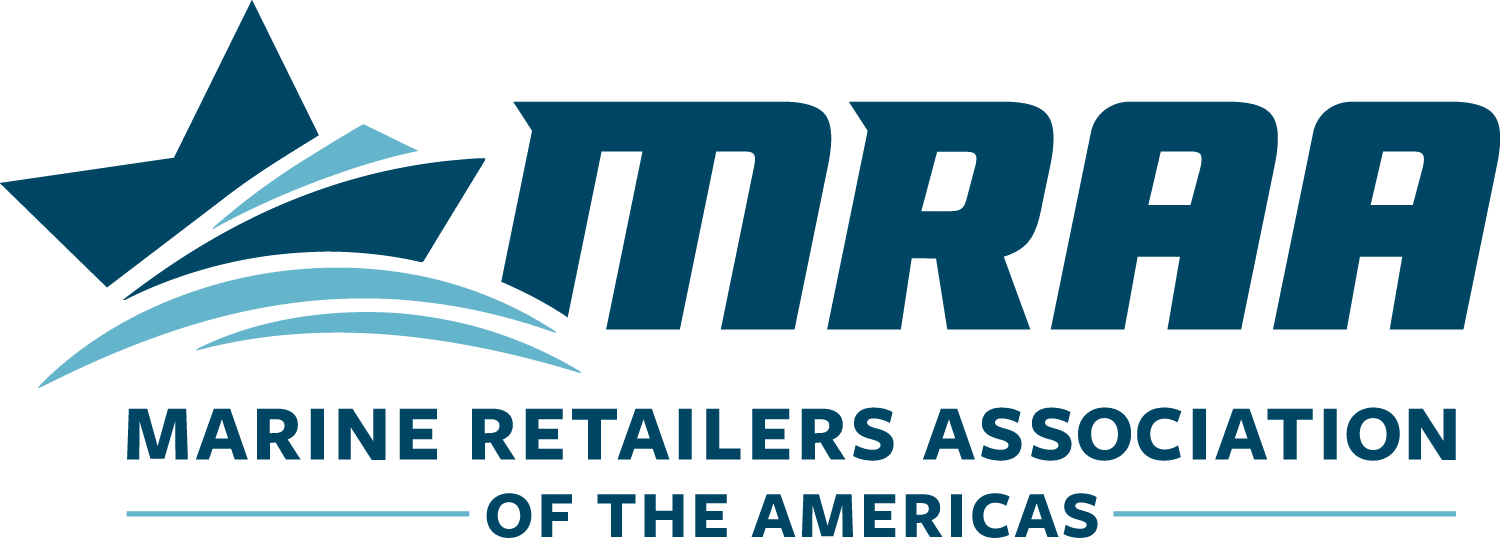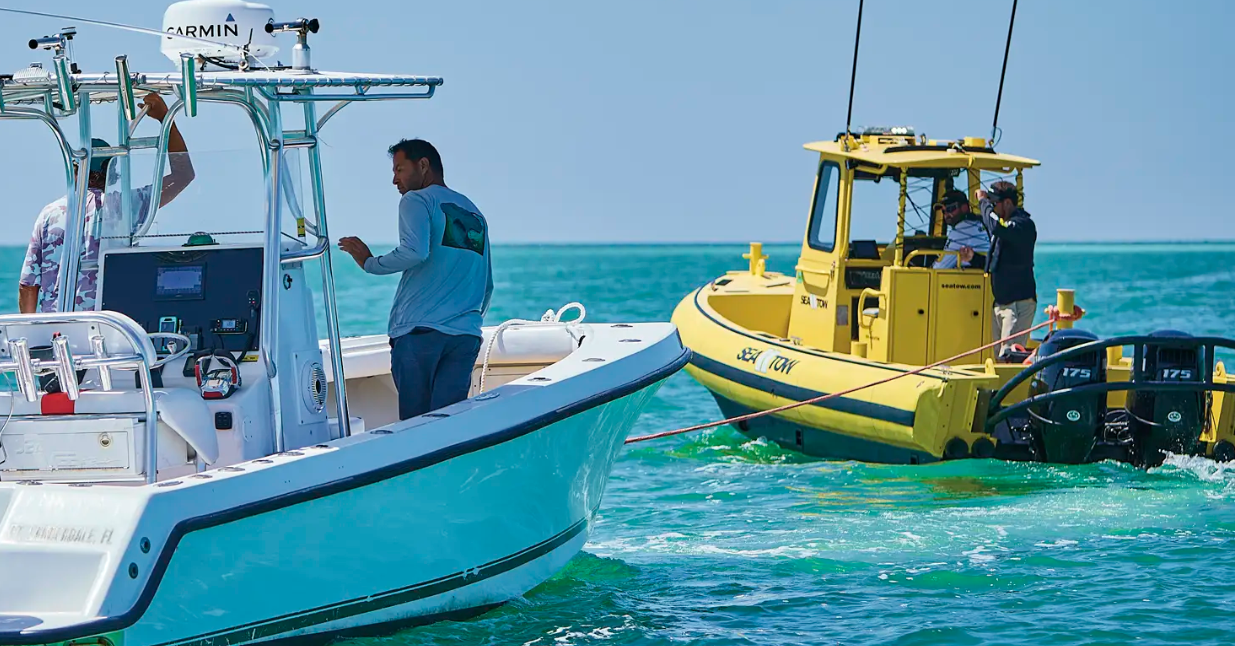• Tactical solutions to help your dealership overcome key challenges and enhance your profitability

By Chris Kulaga, Product Manager, Lightspeed
As the marine industry continues to evolve, your dealership has already seen new opportunities and challenges in 2024. Along with being able to adapt, your team must maintain your primary goal to provide customers with high-quality boats while efficiently managing your inventory. This article outlines essential strategies for acquiring and managing 2024 and 2025 boat inventory, ensuring profitability and maintaining operational excellence.
In today’s competitive market, marine dealers must adopt a proactive approach in order to thrive. By addressing critical challenges in inventory management and utilizing advanced tools, dealers can enhance their operations and profitability.
With average unit margins tapering off for the industry, it is even more important to review your individual brand and even model margins using reports from your dealer management system (DMS) or Lightspeed.
4 Key Challenges and Strategic Solutions
CHALLENGE 1: Maximizing Profits When Acquiring Used Boats
Making informed decisions when buying used boats is crucial for maximizing profits. Today’s marketplace requires your trained service team technicians to do inspections of all trade-in vessels. It requires due diligence on your part and helps you better integrate trade guide valuations and customer photos and unit descriptions within your process:
- Black Book
- JD Power
- NPA
Action Steps:
- Assess the Right Value: Use trained technician boat inspections and industry guides to determine actual cash value for pre-owned boats.
- Fair Trade-Ins: Ensure fair trade-in values to attract more customers.
- Price Competitively: Set competitive prices to move inventory efficiently. Realize some customers, in particular those who bought during the height of the Pandemic, may be upside down owing more than what their boat is worth.
CHALLENGE 2: Enhancing New Inventory Management
Managing new inventory requires strategic ordering, effective selling strategies and a deep understanding of the market:
- New Model Year Ordering: Analyze inventory turns year-over-year to make informed decisions.
- Industry Benchmarks & Reporting: Utilize comprehensive monthly reports from Industry Partners & Benchmark Reports. These reports provide insights into national competitor pricing and performance data, helping you make informed decisions for better performance and profitability. Keep in mind to cross check your data to understand where you can accept lower margins on certain vessels.
- For Lightspeed Dealers, this is available via Lightspeed Industry Benchmarks.
- Custom Reports: Utilize tailored reports to evaluate the true cost of makes and models sold, considering factors like invoice price, transportation, freight, PDI (Pre-Delivery Inspection) and age.
- Inventory Aging: Track inventory aging using reports. Re-evaluate units that hit 90-day increments in aging to adjust selling prices and incorporate more comprehensive marketing strategies.
Action Steps:
- Estimate Demand: Order the right quantities based on demand forecast estimates.
- Utilize Custom Reports and Benchmark Data: Cross-check your data. Balance low-margin models with high sales against high-margin models with fewer sales for informed decisions.
- Track Inventory Aging: Identify trends and adjust strategies accordingly.
- Re-evaluate Aging Units: Adjust prices and marketing efforts for units at 90-day increments.
- Balance Availability and Cost-Efficiency: Find the optimal balance to ensure profitability.
CHALLENGE 3: Effective Floor Plan Management
Effective floor plan management minimizes costs and maximizes turnover:
- Free Flooring Programs: Take advantage of programs that offer free flooring for a limited time.
- Interest and Curtailment Management: Monitor and manage interest rates and curtailment schedules to avoid unnecessary expenses.
- Sell the Right Unit First: Prioritize selling units with higher flooring costs or longer age to maintain profitability.
Action Steps:
- Utilize Free Flooring Programs. Reduce costs with available programs and consider transferring units nearing the end of the free floorplan to lower-interest lenders.
- Monitor Financial Terms. Have your sales staff closely manage all aspects of the sale to avoid high interest rates and penalties.
- Strategically Sell Units. Prioritize selling higher-cost and older units first.
CHALLENGE 4: Enhancing Operational Efficiency with a DMS
A Dealer Management Solution (DMS) is indispensable for consolidating all inventory and financial information. By ensuring you have a strong DMS, this enhanced reporting capability enables dealers to track trade-ins, new inventory orders, floor plan details and cost analysis with precision. One of the other benefits of having a DMS is that all transactions can flow seamlessly to your financial statements. And at the end of the day, it’s what your P&L has to say that can really help you determine how to measure your profitability.
With industry unit margins declining, it’s vital to review individual brand and model margins using DMS reports or tools like Lightspeed. Below is market data we’ve pulled that illustrates these trends:
| Year | Segment | Unit Margin % |
| 2020 | Boat | 20% |
| 2021 | Boat | 25% |
| 2022 | Boat | 25% |
| 2023 | Boat | 21% |
| 2024 | Boat | 18% |
| 2020 | PWC | 14% |
| 2021 | PWC | 19% |
| 2022 | PWC | 20% |
| 2023 | PWC | 16% |
| 2024 | PWC | 13% |
Action Steps:
- Implement a Robust DMS: Centralize all operational data.
- Generate Detailed Reports: Use the DMS to create detailed reports for informed decision-making.
- Leverage Historical Data: Predict trends and optimize inventory management using historical data.
Current inflation rates are driving up the cost of new boats, making strategic planning and inventory management critical. Adapting to these market dynamics is essential for profitability in 2025. Accurately forecast demand, use custom reports and benchmark data for informed decisions, and track inventory aging to adjust prices and marketing efforts promptly. Additionally, take advantage of free flooring programs and prioritize selling higher-cost and older units to manage finances effectively.
By focusing on these strategies, you can thrive in this economic environment. Embrace available tools and insights to guide your dealership toward sustained profitability and operational excellence.
For more insights and tools to enhance your marine dealership operations, visit Lightspeed, an MRAA Strategic Partner.

About the Author
As a Lightspeed Product Manager, Chris Kulaga is dedicated to understanding and addressing the product roadmap needs of marine dealerships. With more than five years of experience at Lightspeed, he has held various roles, demonstrating his deep expertise with the Lightspeed solution and his commitment to helping customers achieve their business objectives.
Before joining the tech sector, Kulaga served in the Air Force, where he developed strong leadership and technical skills. These skills are now applied in his current role, where he is responsible for defining the product vision, strategy and roadmap, particularly for the marine industry.
His passion for all things marine drives his continuous learning and enthusiasm for the industry. Kulaga resides in Tri-Cities, Wash., with his wife and two pets. Outside of work, he is an avid cook, weightlifter and explorer of new places.




